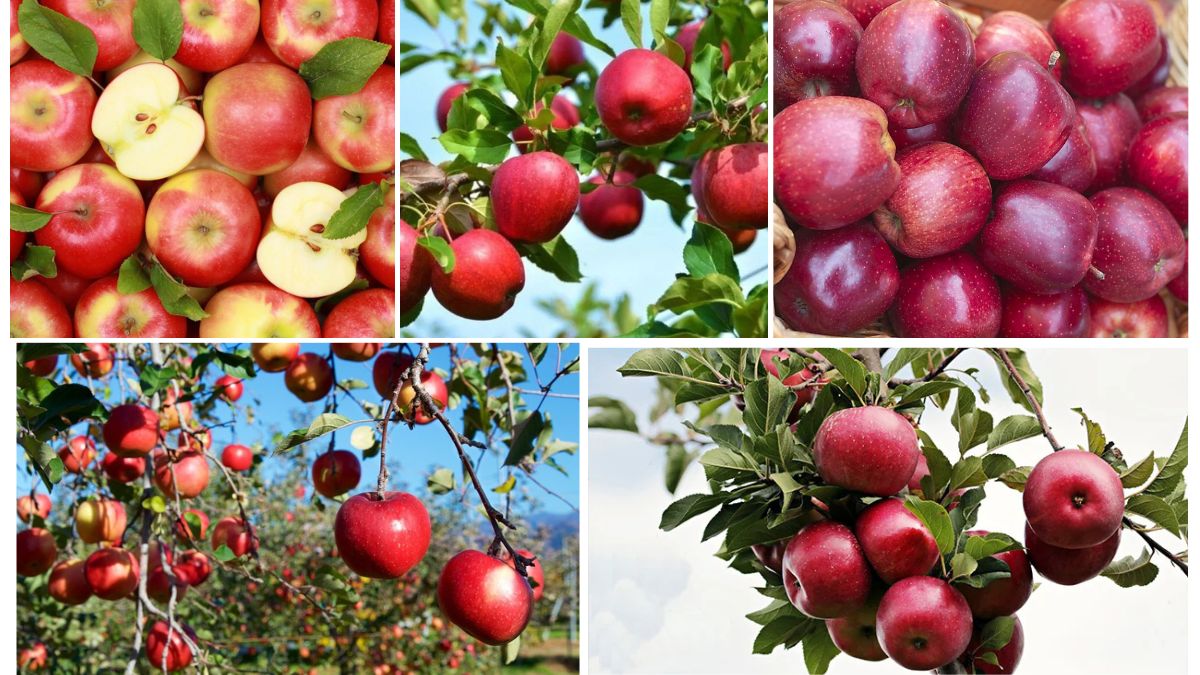Crisp, sweet, and irresistibly nutritious — apples are one of the most popular and versatile fruits in the world. From school lunchboxes to gourmet desserts, this iconic fruit has secured a permanent spot in global food culture. While many countries grow apples domestically, few can meet their year-round demand through local harvests alone. That’s where international apple trade comes into play.
This article dives into apple import trends, uncovering the countries that buy the most apples, the reasons behind their import patterns, and how shifting tastes, climates, and trade dynamics shape the global market.
Global Apple Market Overview
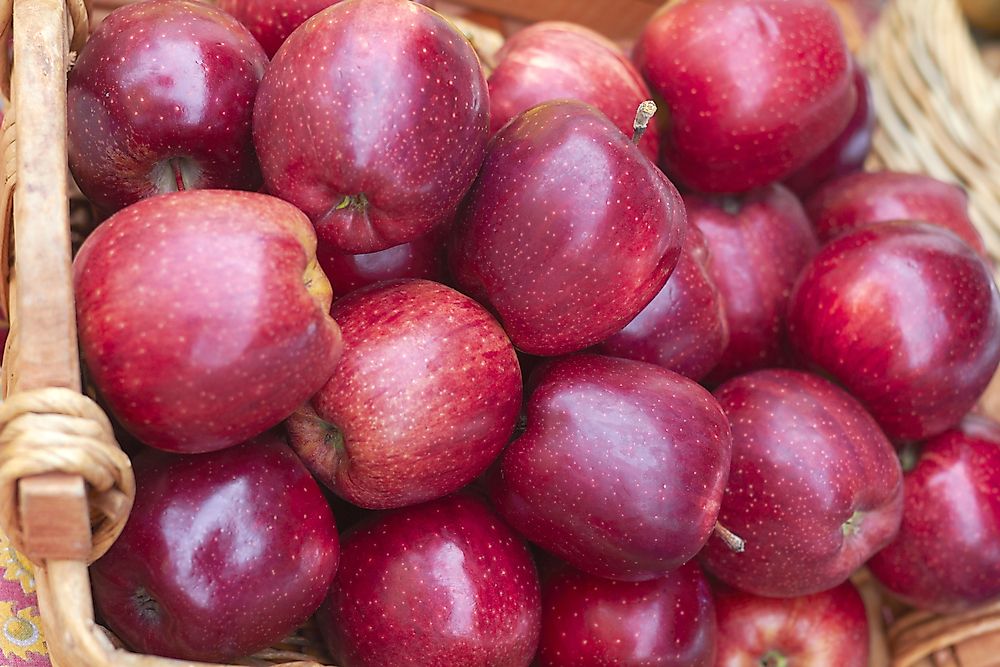
Apples are produced in over 80 countries, with China, the U.S., Poland, and Turkey among the largest producers. However, not all countries can grow apples efficiently due to unsuitable climates, limited farmland, or seasonal limitations. As a result, apple imports are essential for fulfilling global demand.
The global apple import market is valued at over $8 billion annually, with millions of tons of apples shipped each year. These imports come in the form of:
- Fresh apples (most common)
- Chilled or controlled-atmosphere apples
- Processed apples (canned, dried, juice)
Let’s explore which countries are the largest apple importers and why.
Top Apple Importing Countries (Ranked)
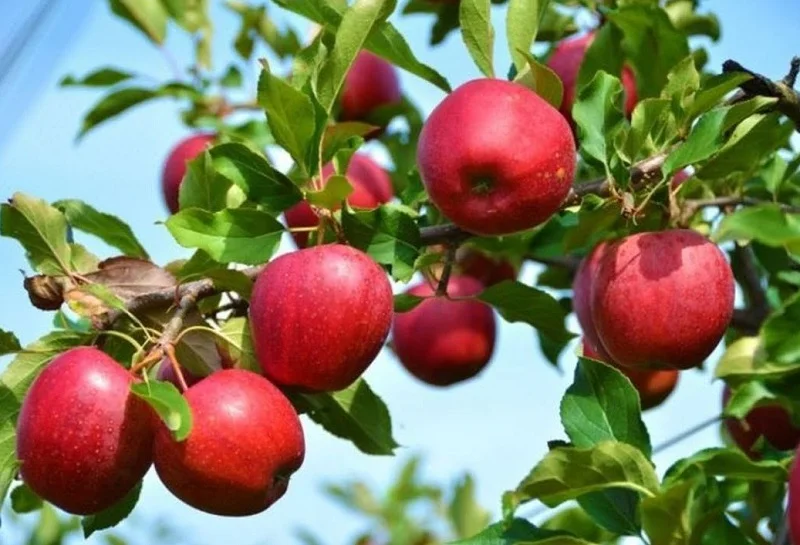
1. Germany – Europe’s Top Apple Consumer
Annual Apple Imports: ~700,000 metric tons
Primary Suppliers: Poland, Italy, France, Netherlands
Germany consistently ranks as the world’s largest importer of fresh apples. Despite having a domestic apple industry (notably in regions like Baden-Württemberg), Germany’s appetite for apples — particularly fresh and organic varieties — outpaces its production capacity.
Why Germany imports so many apples:
- Year-round demand, even outside the domestic harvest season
- Strong consumer preference for specific textures and sweetness levels
- Emphasis on variety, especially Gala, Braeburn, and Elstar
Germany is also a major re-exporter, sending imported apples to neighboring countries like Austria and Switzerland.
2. United Kingdom – Fully Dependent on Imports
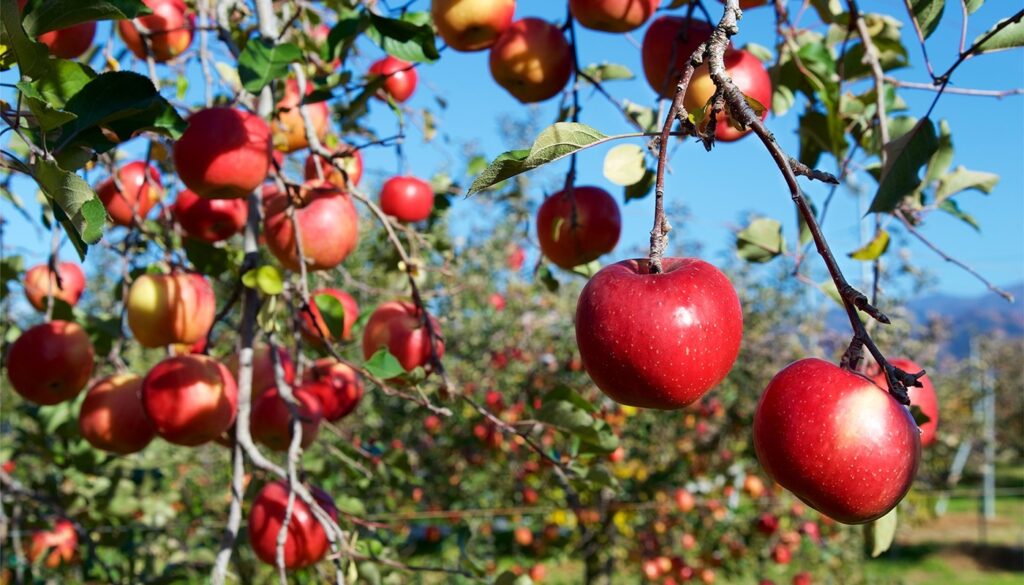
Annual Apple Imports: ~600,000 metric tons
Primary Suppliers: France, South Africa, New Zealand, Chile
The UK climate allows for some apple production, but it doesn’t meet the nation’s high demand. British consumers enjoy apples all year, especially crisp varieties like Jazz, Pink Lady, and Braeburn, many of which aren’t grown locally in sufficient quantities.
Import trends in the UK:
- Heavy reliance on imports during spring and summer
- Preference for sweet and crunchy apples from Southern Hemisphere countries
- Retailer demand for blemish-free fruit and specific sizes
Additionally, the post-Brexit trade shift has increased imports from non-EU countries, especially South Africa and Chile.
3. Russia – A Major Apple Importer in Transition
Annual Apple Imports: ~500,000 metric tons (declining trend)
Primary Suppliers: Iran, Serbia, Turkey, Azerbaijan
Historically, Russia was one of the world’s largest apple importers, especially from Poland and Moldova. However, due to sanctions and geopolitical restrictions, Russian apple import sources have shifted significantly.
Current import dynamics:
- Rise in imports from Iran and Central Asian nations
- Decline in EU-origin apples due to trade bans
- Growth in domestic production to reduce reliance on imports
Russia’s changing landscape makes it a unique case study in how politics impacts agricultural trade.
4. China – The Surprising Importer
Annual Apple Imports: ~400,000 metric tons
Primary Suppliers: New Zealand, USA, Chile
Though China is the world’s largest apple producer, it is also a major importer, especially of high-end apple varieties not grown locally. Chinese consumers are increasingly seeking premium imported apples, particularly for gifting or in urban markets.
Why China imports apples:
- Desire for unique varieties like Envy, Honeycrisp, or Ambrosia
- Rapid urbanization and rising middle-class spending
- Preference for organic and traceable imports
While Chinese-grown Fuji apples dominate domestically, imported apples fill a niche for luxury and health-focused consumers.
5. India – A Fast-Growing Apple Import Market
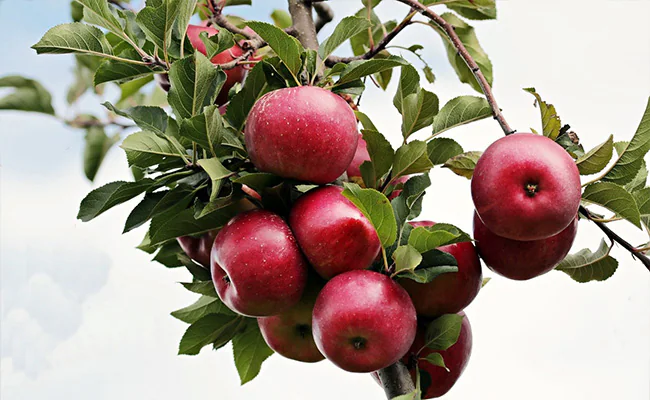
Annual Apple Imports: ~300,000–400,000 metric tons
Primary Suppliers: Iran, Turkey, Chile, New Zealand, Italy
India’s apple demand has skyrocketed in recent years due to rising income levels and health awareness. While the Kashmir and Himachal Pradesh regions grow apples, local production isn’t sufficient to meet national demand.
Import trends in India:
- High preference for Iranian and Turkish apples (affordable and visually appealing)
- Seasonal imports from Southern Hemisphere to cover off-season gaps
- Growing demand for premium varieties like Washington Red Delicious and Granny Smith
India has also seen a surge in apple consumption in tier-2 and tier-3 cities, boosting overall import demand.
6. Vietnam – Southeast Asia’s Apple Lover
Annual Apple Imports: ~250,000 metric tons
Primary Suppliers: China, New Zealand, USA
Vietnam’s growing middle class, urbanization, and preference for imported fruits have made it one of Asia’s fastest-growing apple importers. Apples are seen as a symbol of health and prosperity, especially during festivals like Tet (Lunar New Year).
Key trends:
- Strong demand for red and bi-colored apples
- High consumption in urban supermarkets and convenience stores
- Rising market share for premium imports
7. United Arab Emirates – Import-Heavy Market
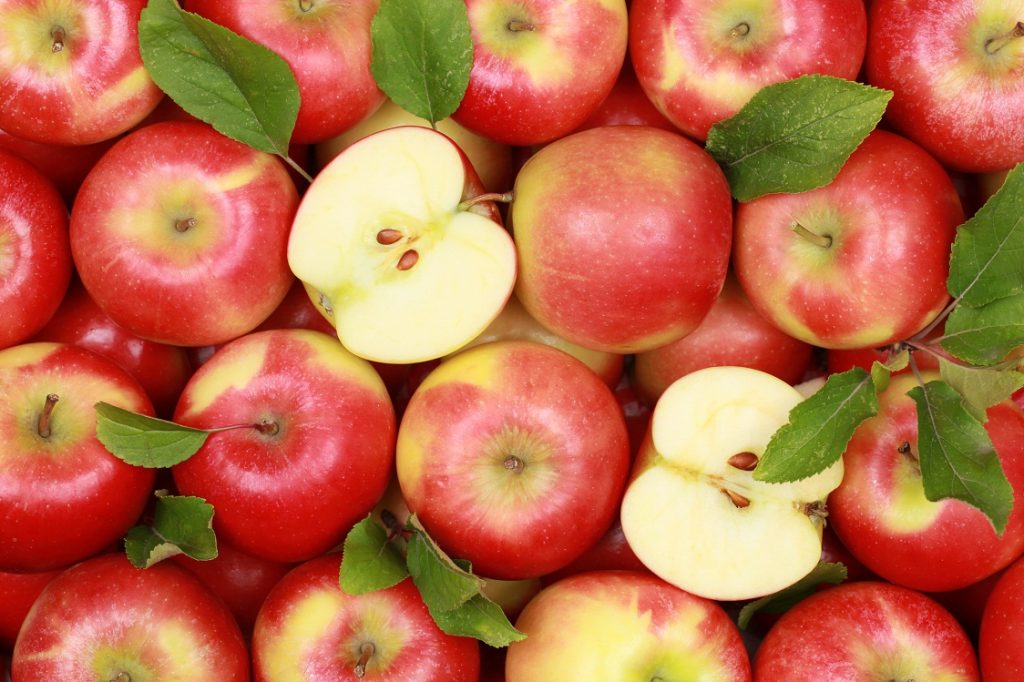
Annual Apple Imports: ~200,000–250,000 metric tons
Primary Suppliers: China, USA, New Zealand, Chile, Iran
With a desert climate, the UAE relies almost entirely on imports for fresh fruits, including apples. The country’s position as a regional trade hub also means it re-exports a significant portion to GCC nations like Saudi Arabia, Oman, and Kuwait.
Import characteristics:
- High preference for visually perfect apples
- Growing demand for organic and branded fruit
- Role as a logistics hub for neighboring countries
8. Bangladesh – Rapid Growth in Apple Imports
Annual Apple Imports: ~150,000–200,000 metric tons
Primary Suppliers: China, India, USA, Iran
Bangladesh is an emerging player in apple imports, with growing demand driven by an expanding middle class and year-round demand for affordable, healthy fruits.
Top trends:
- Affordable Chinese Fuji apples dominate the market
- Increasing retail penetration in urban supermarkets
- Rising awareness of fruit-based nutrition
9. Saudi Arabia – Importer with Health Focus
Annual Apple Imports: ~180,000 metric tons
Primary Suppliers: USA, Chile, South Africa, Italy
Apples are among the most imported fruits in Saudi Arabia, consumed daily in homes, schools, and hospitality. The growing fitness culture and health consciousness have further fueled the demand.
Trends include:
- Demand for crisp, sweet varieties
- Popularity of snack-size apples for children
- Increasing imports during religious holidays like Ramadan and Hajj
10. Canada – Strong Demand Despite Local Production
Annual Apple Imports: ~160,000 metric tons
Primary Suppliers: USA, Chile, New Zealand
While Canada produces apples domestically, especially in British Columbia and Ontario, the country still imports apples to meet consumer preferences and off-season demand.
Import reasons:
- Year-round access to varieties like Pink Lady and Gala
- Southern Hemisphere apples during Canada’s winter months
- Retailer demand for consistent appearance and taste
Conclusion
The global apple trade reveals a fascinating network of supply and demand — one where climatic conditions, consumer preferences, political dynamics, and economic growth all play crucial roles. Germany, UK, Russia, China, and India top the list of apple importers, each with unique motivations.
As global trade evolves, we can expect:
- Greater focus on organic and traceable apples
- Rising imports from Southern Hemisphere producers during off-season gaps
- More demand in emerging economies due to urbanization and health trends
Apples may seem simple, but the journey from orchard to table often crosses oceans and borders — making each bite a part of a much bigger global story.
